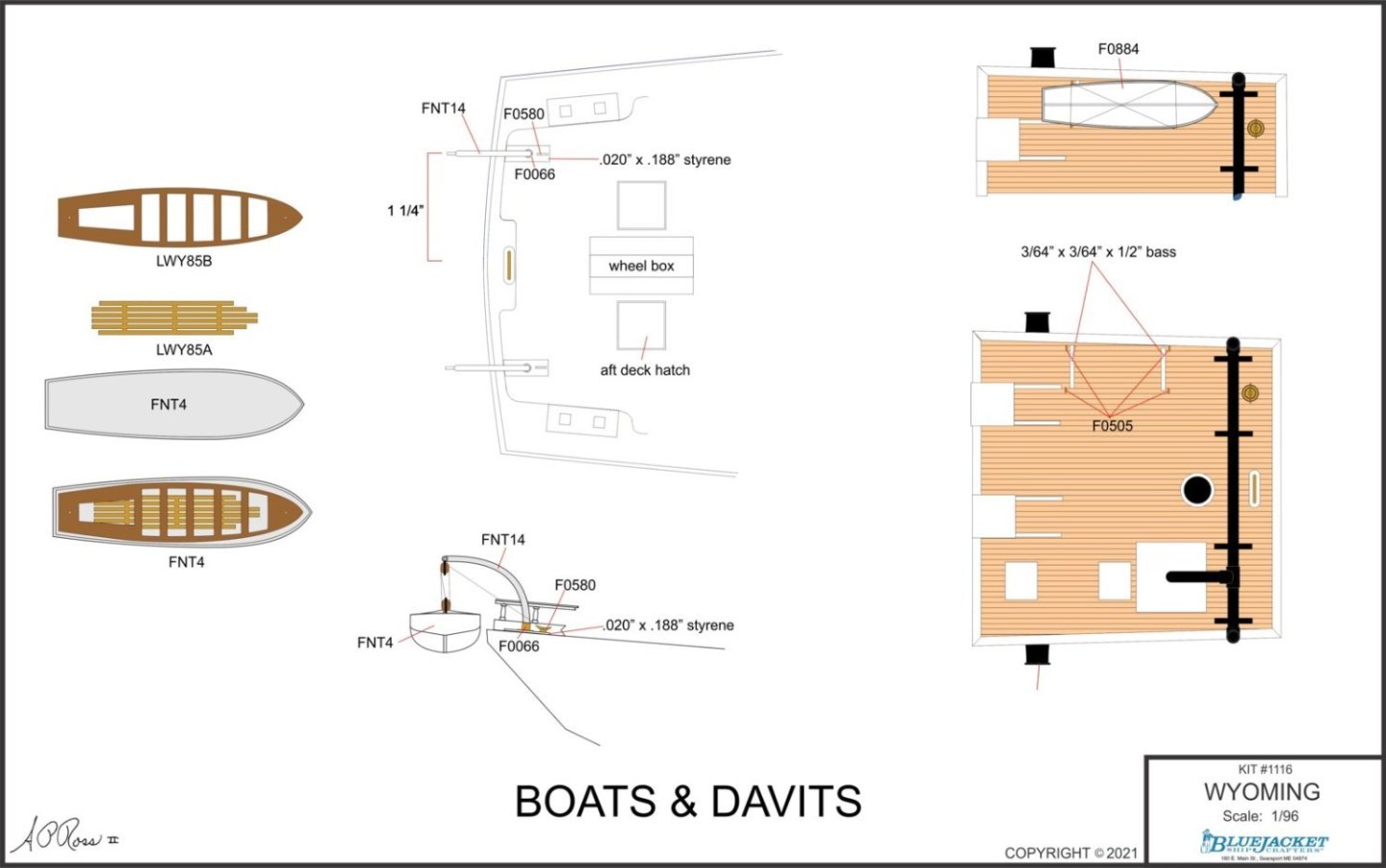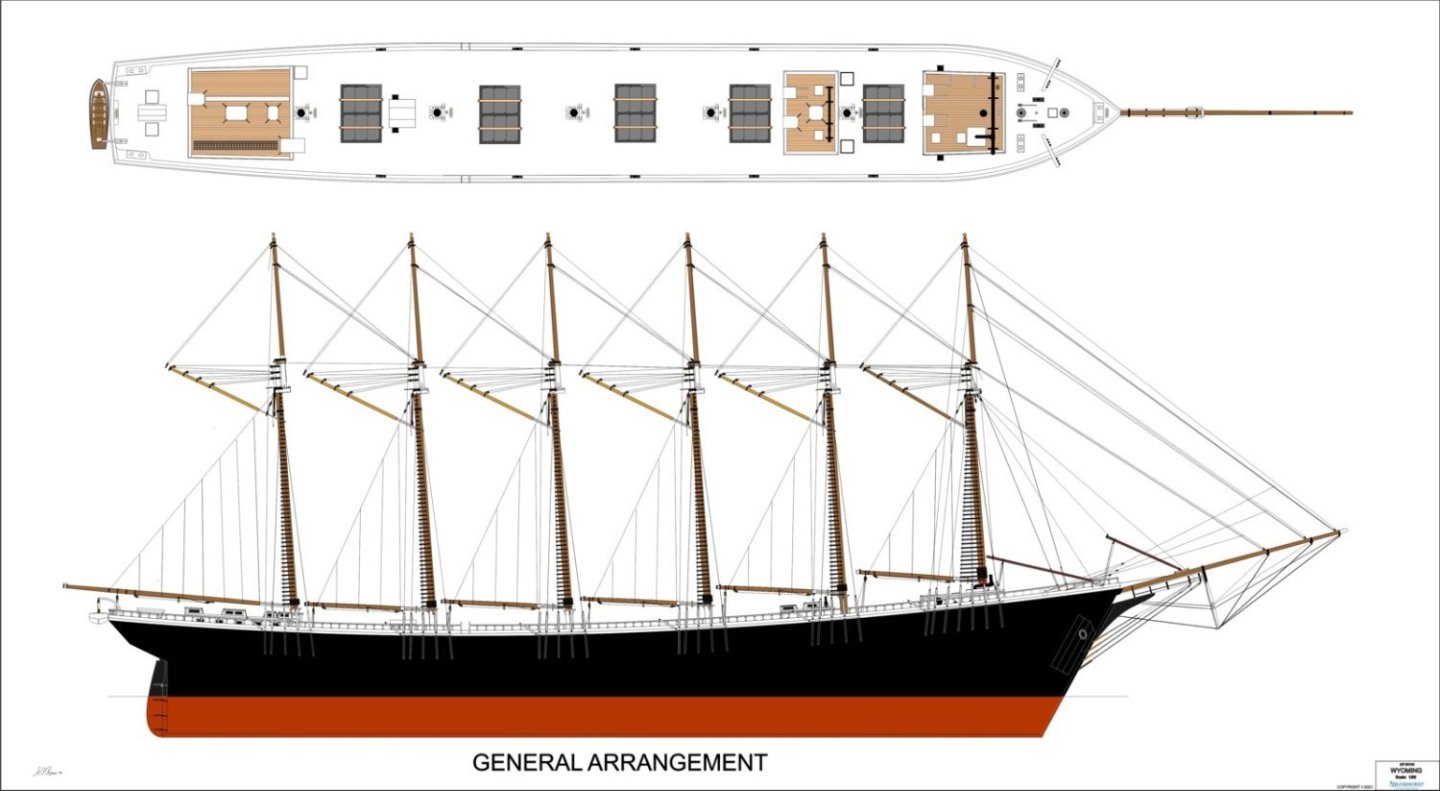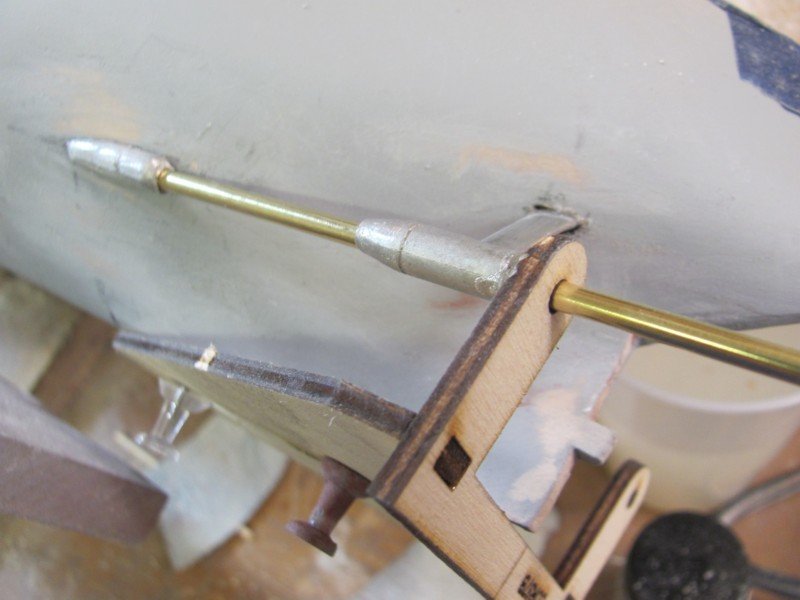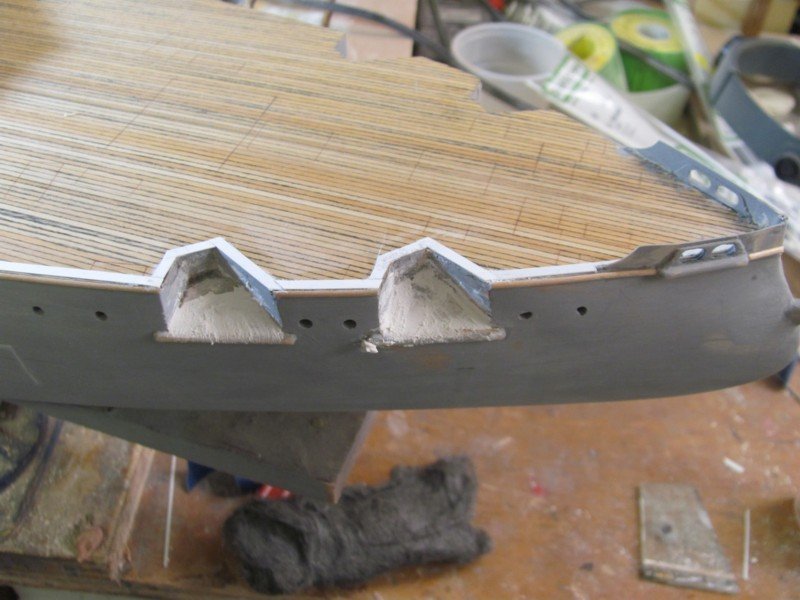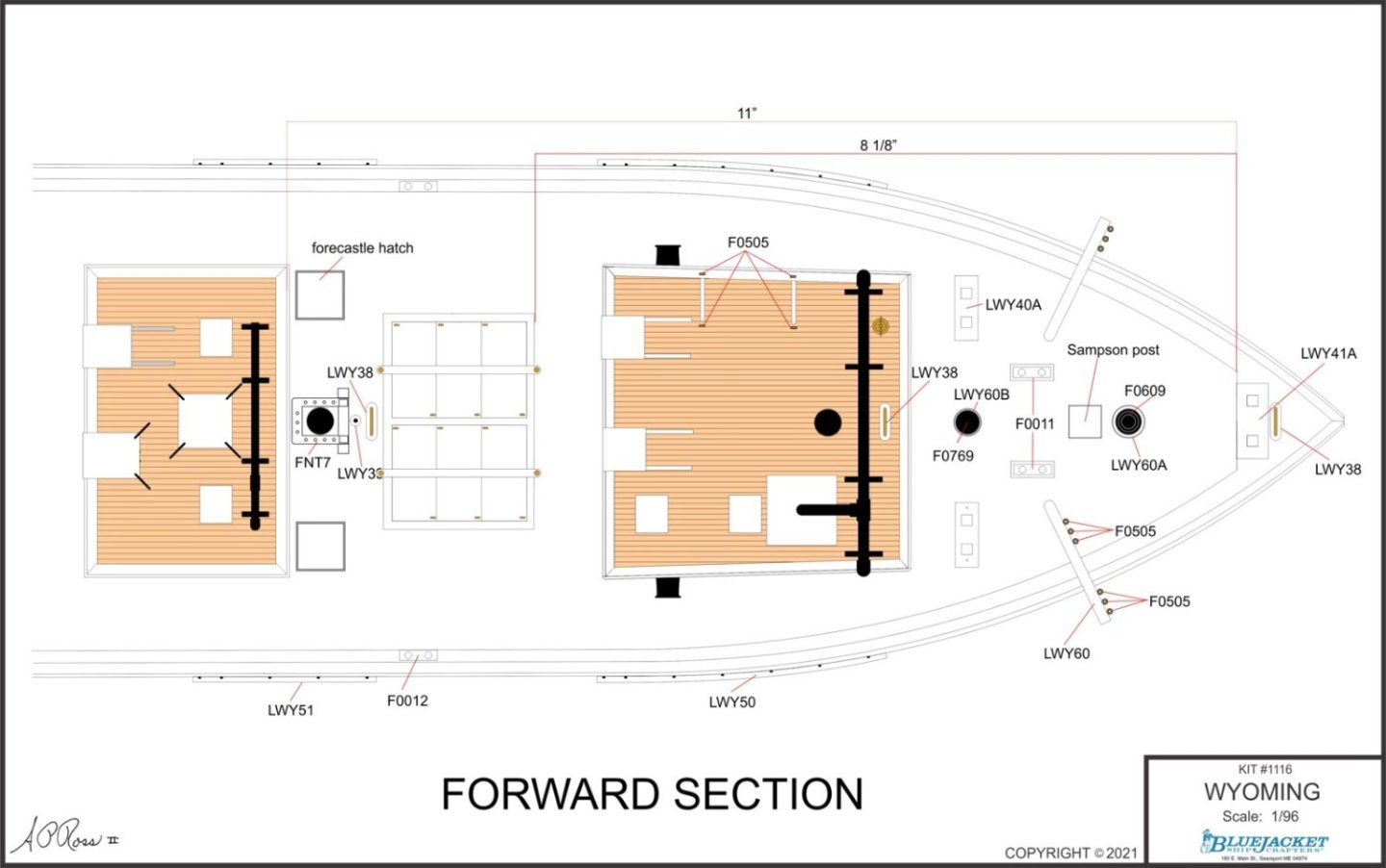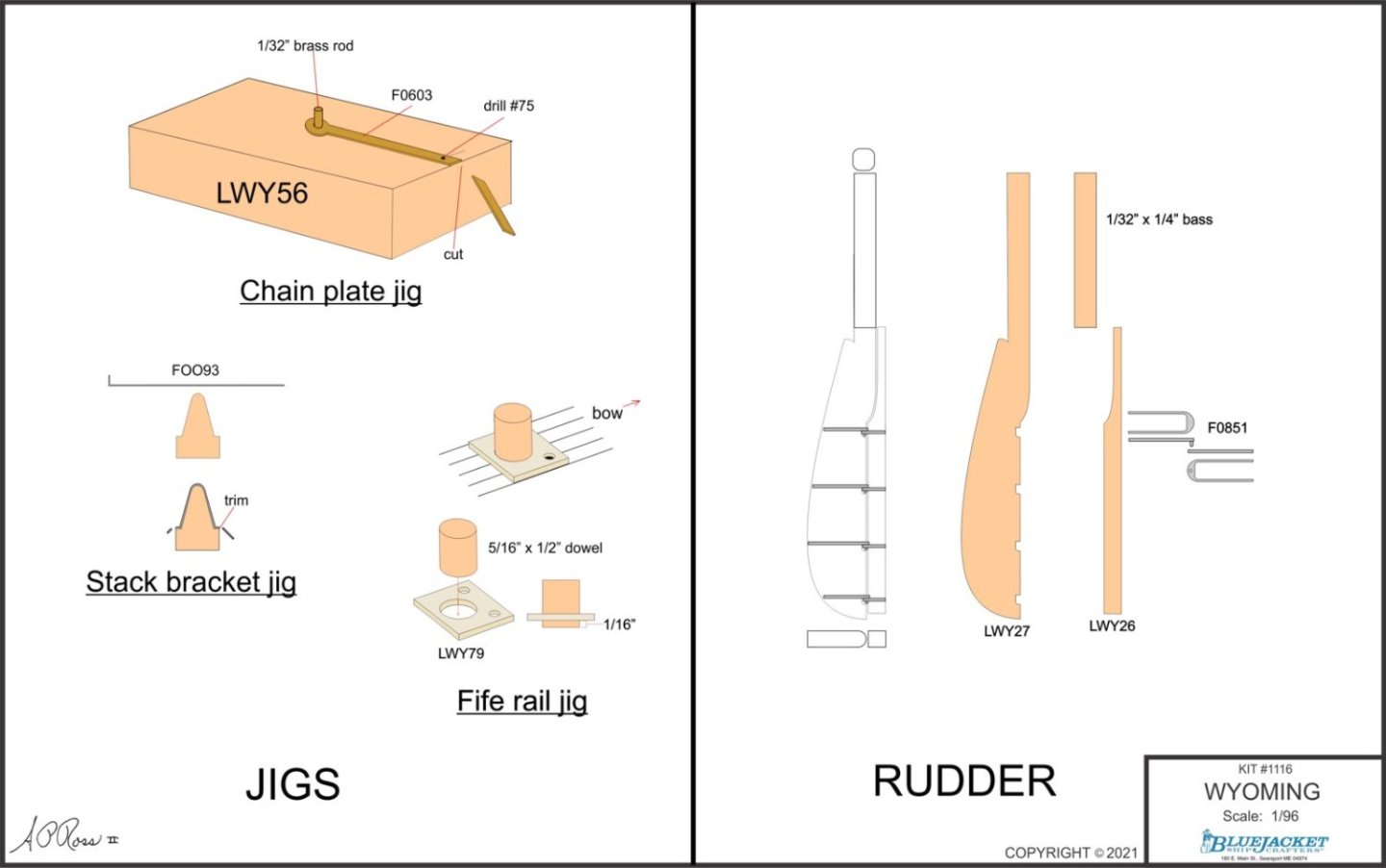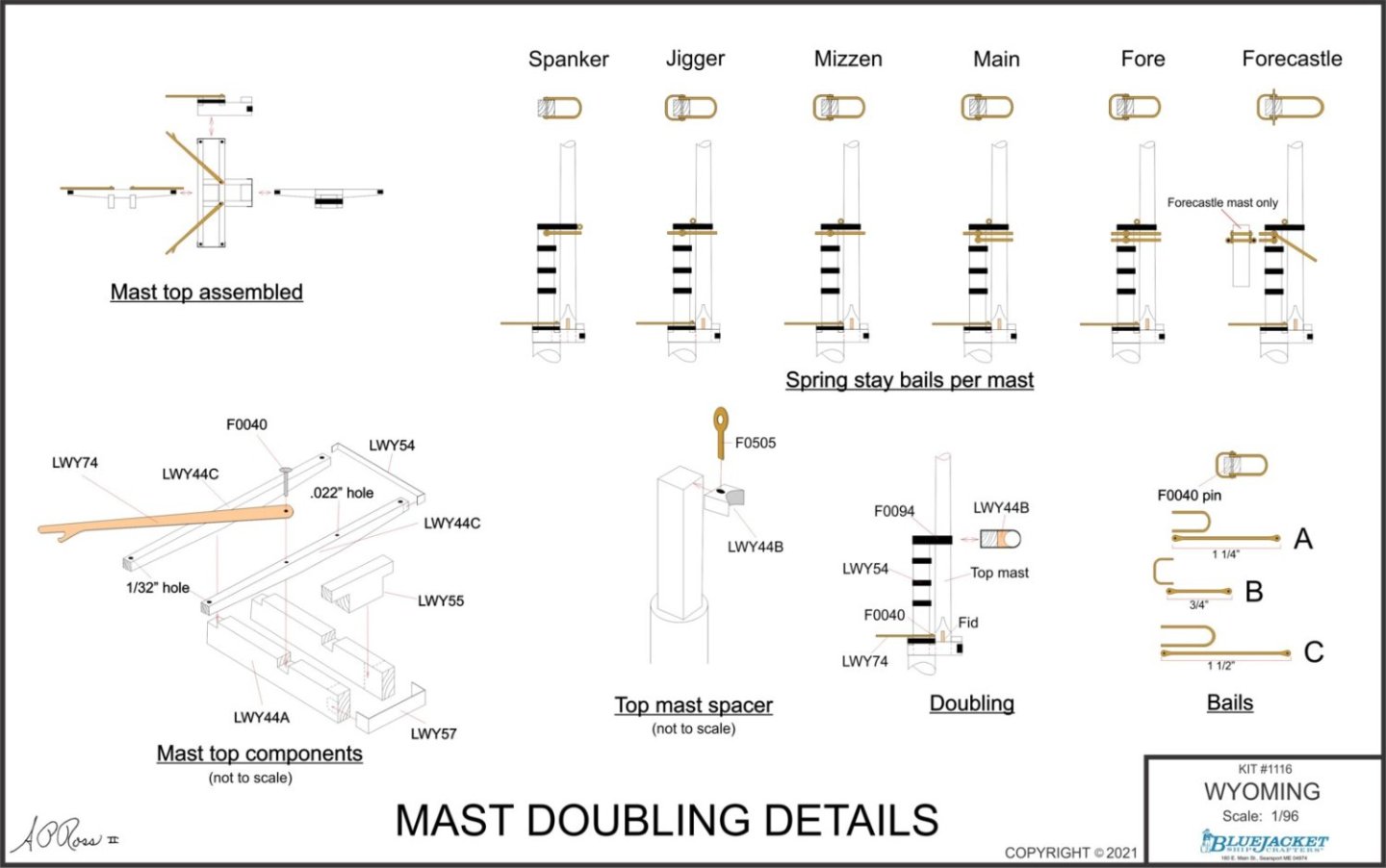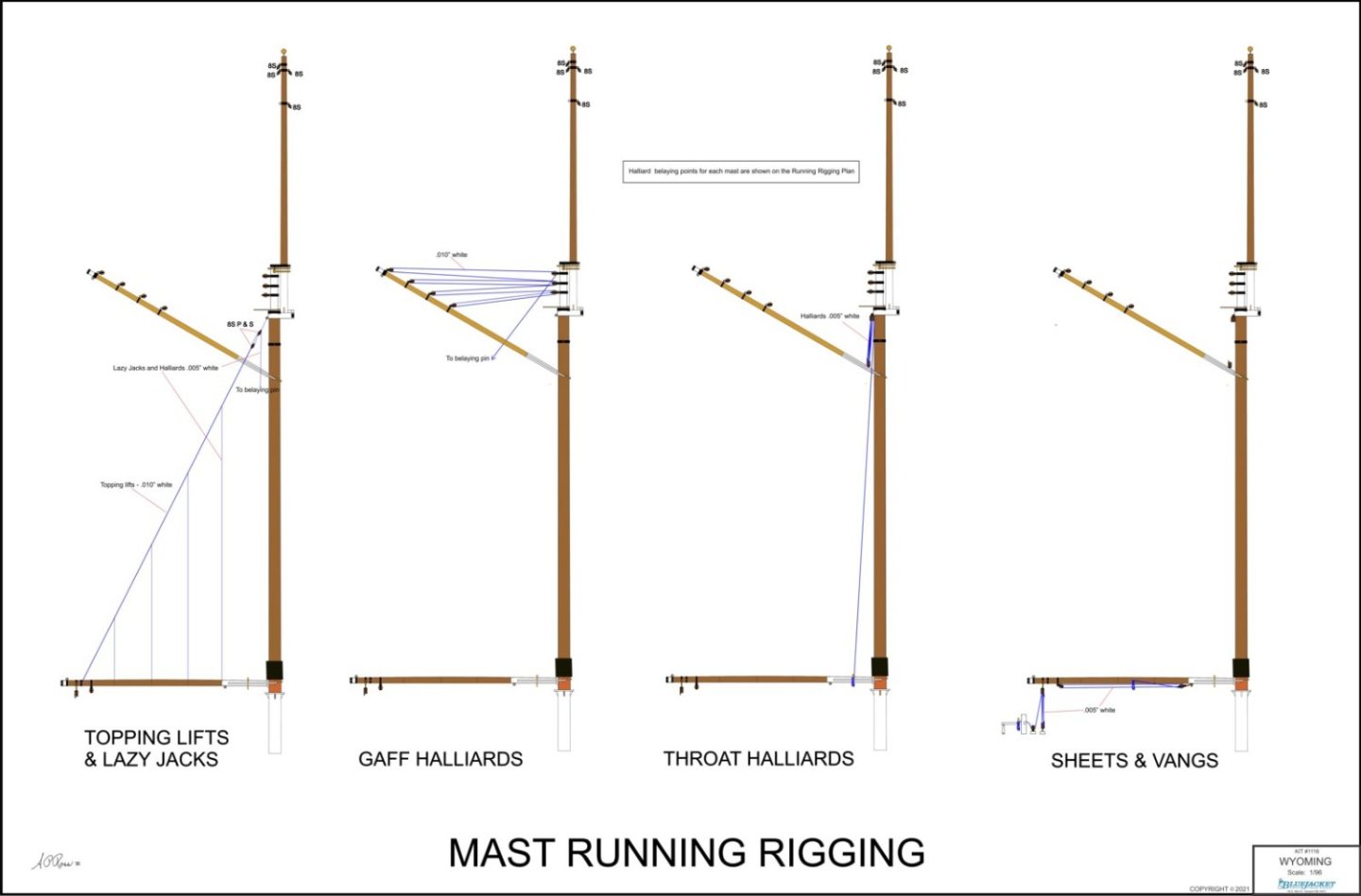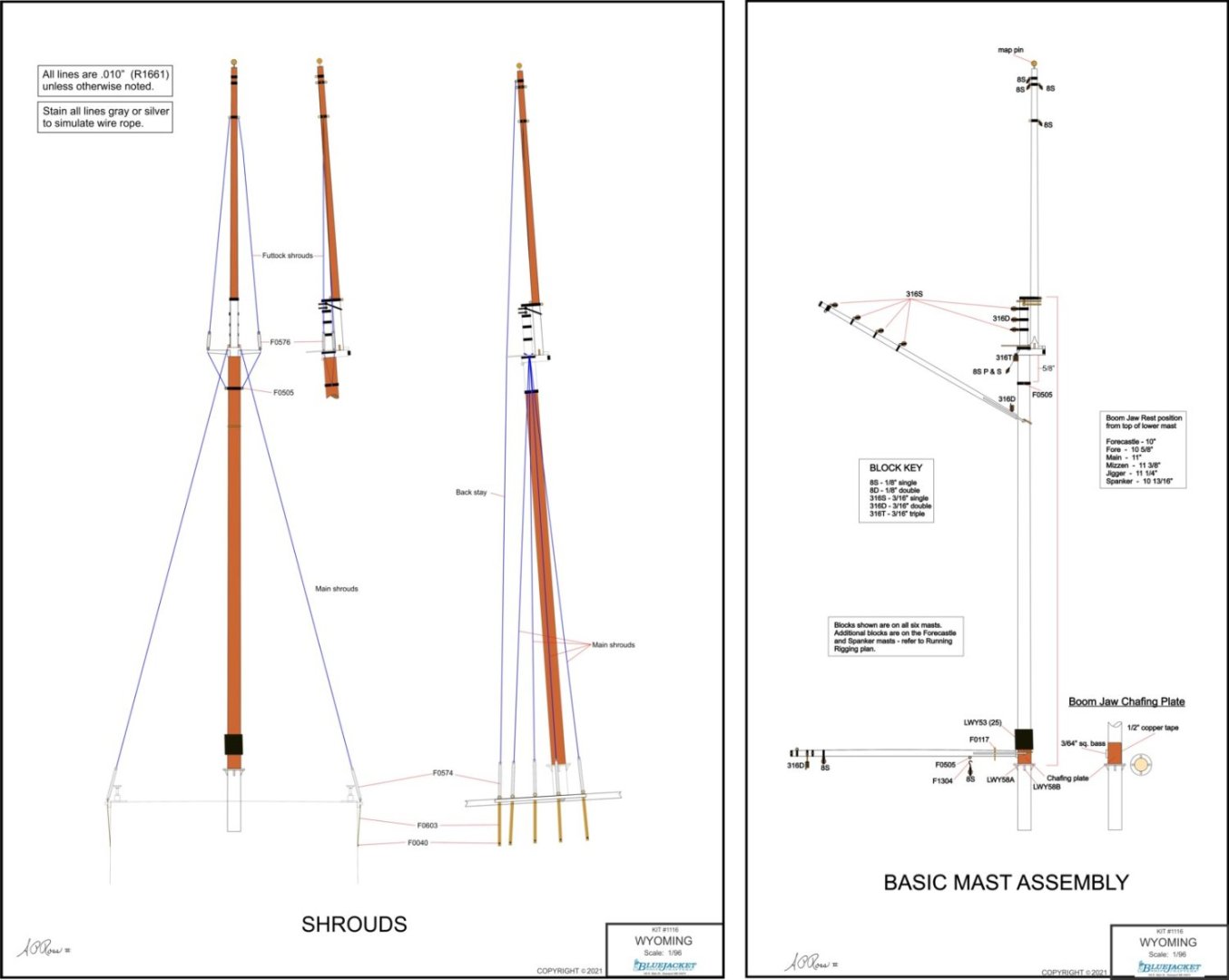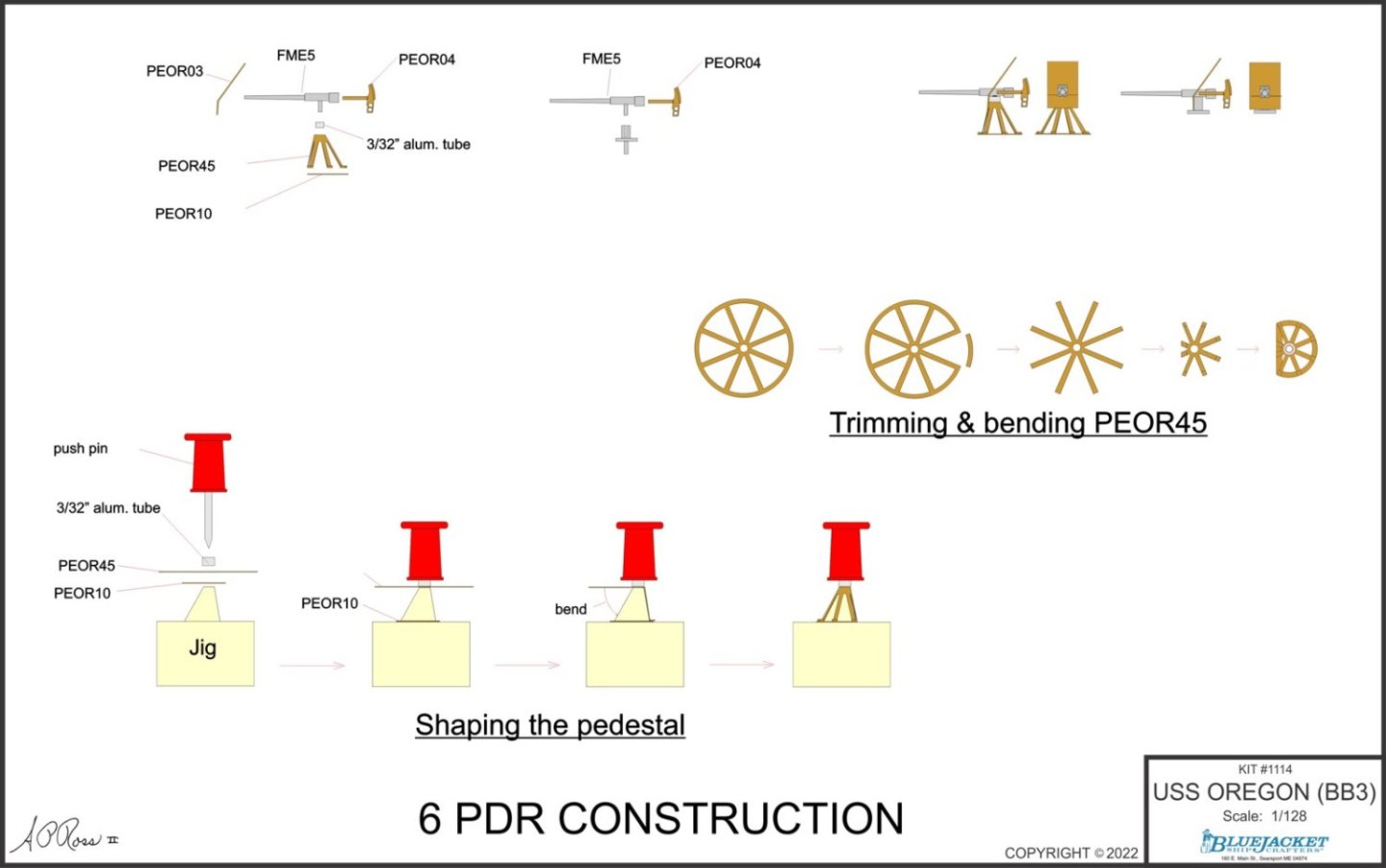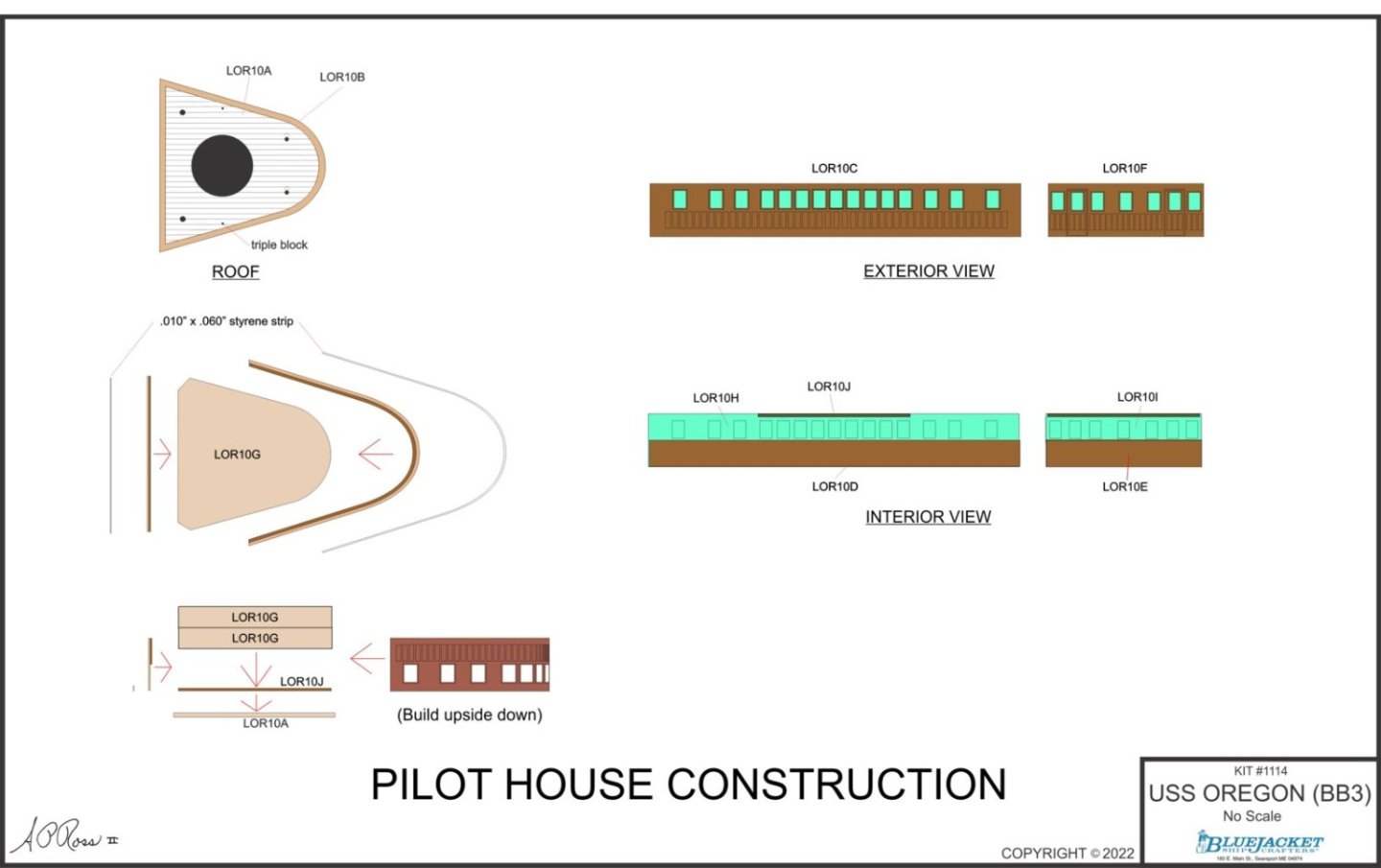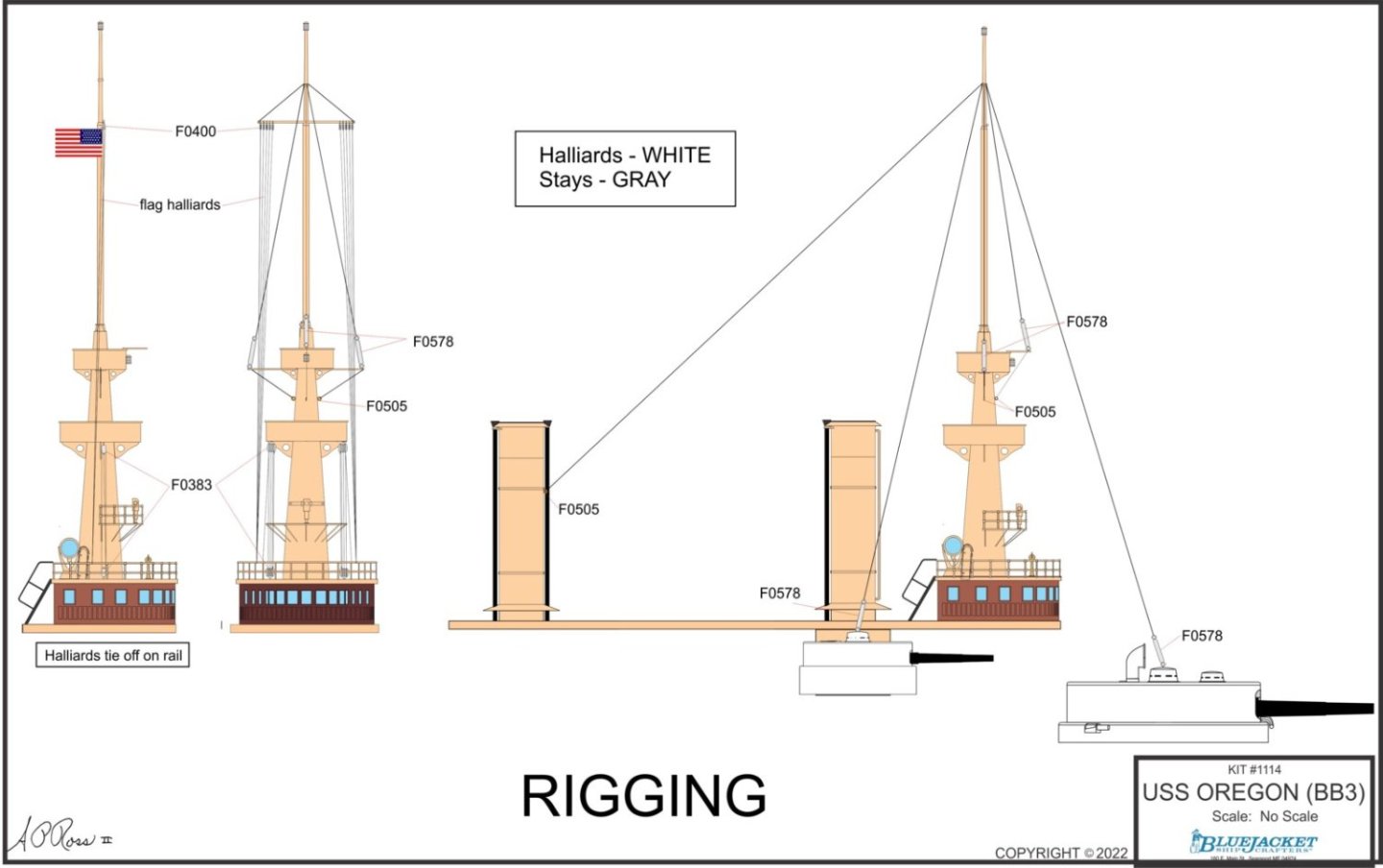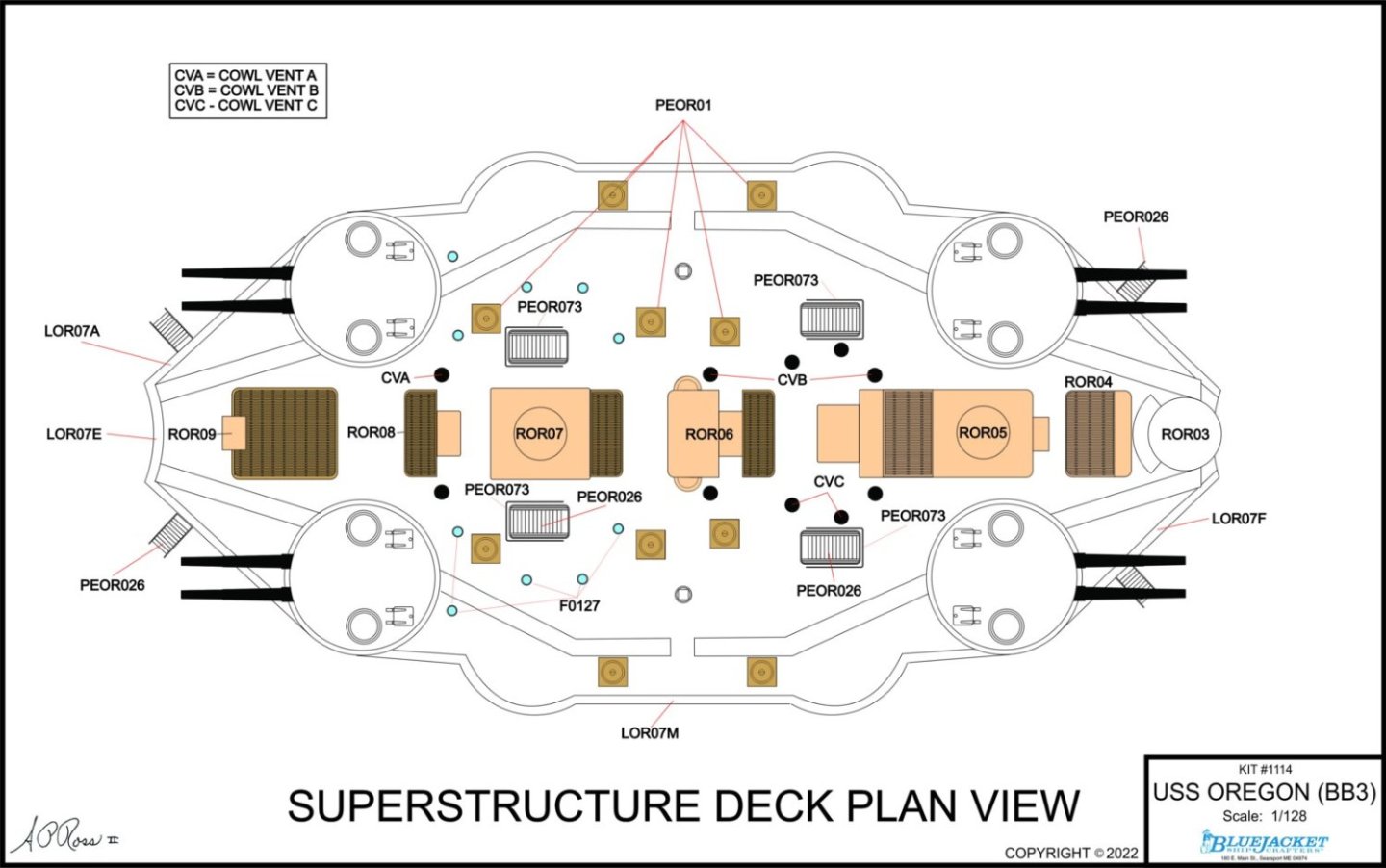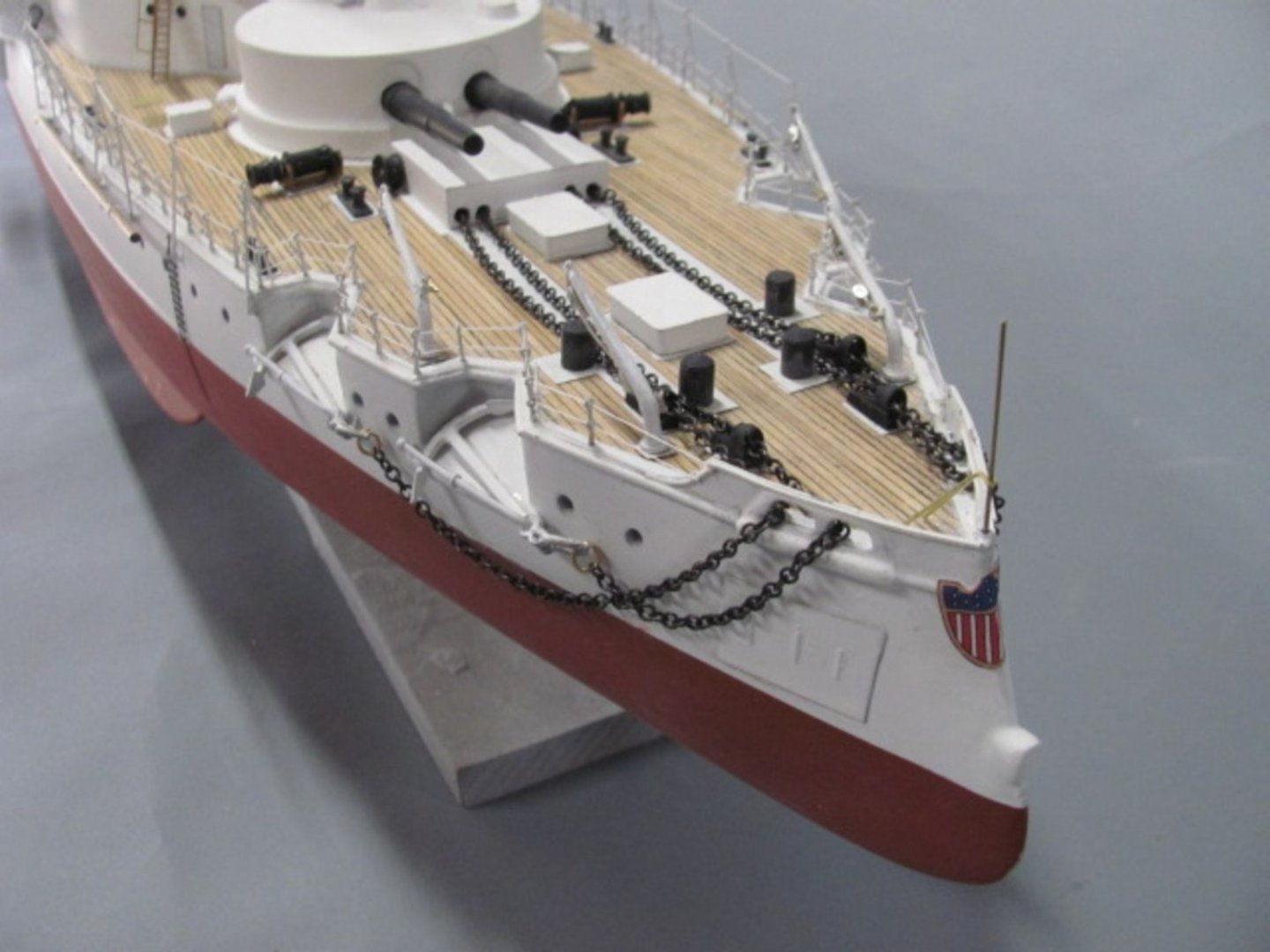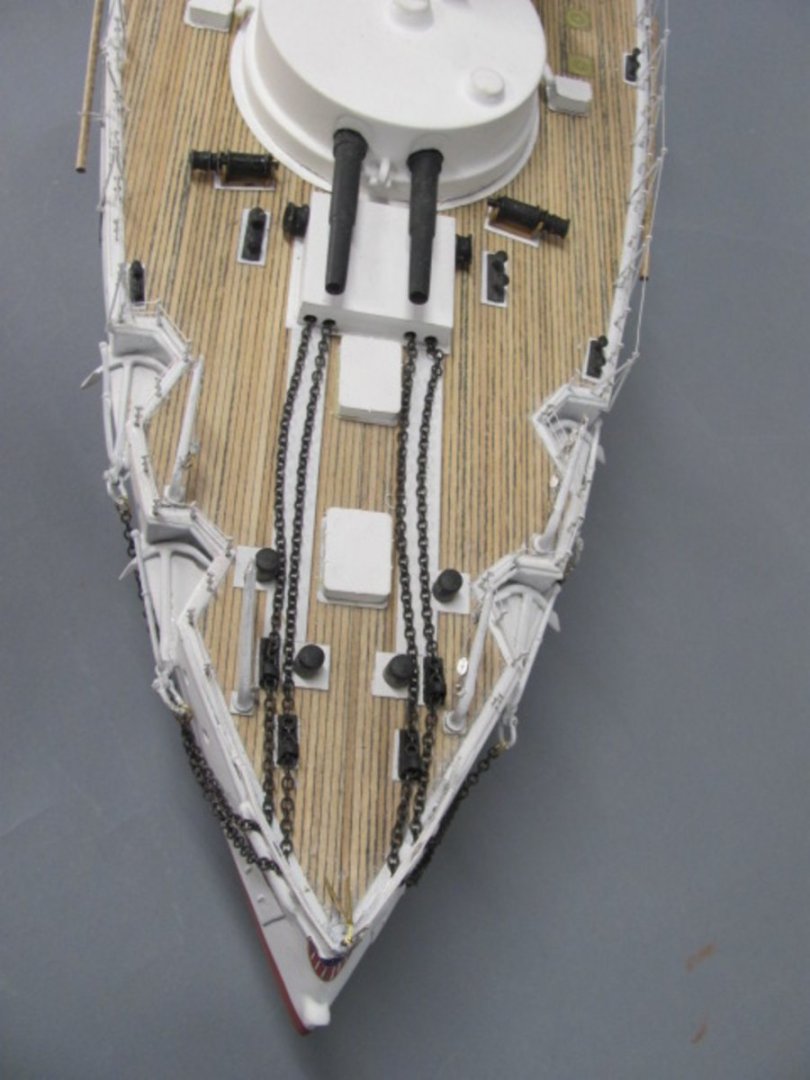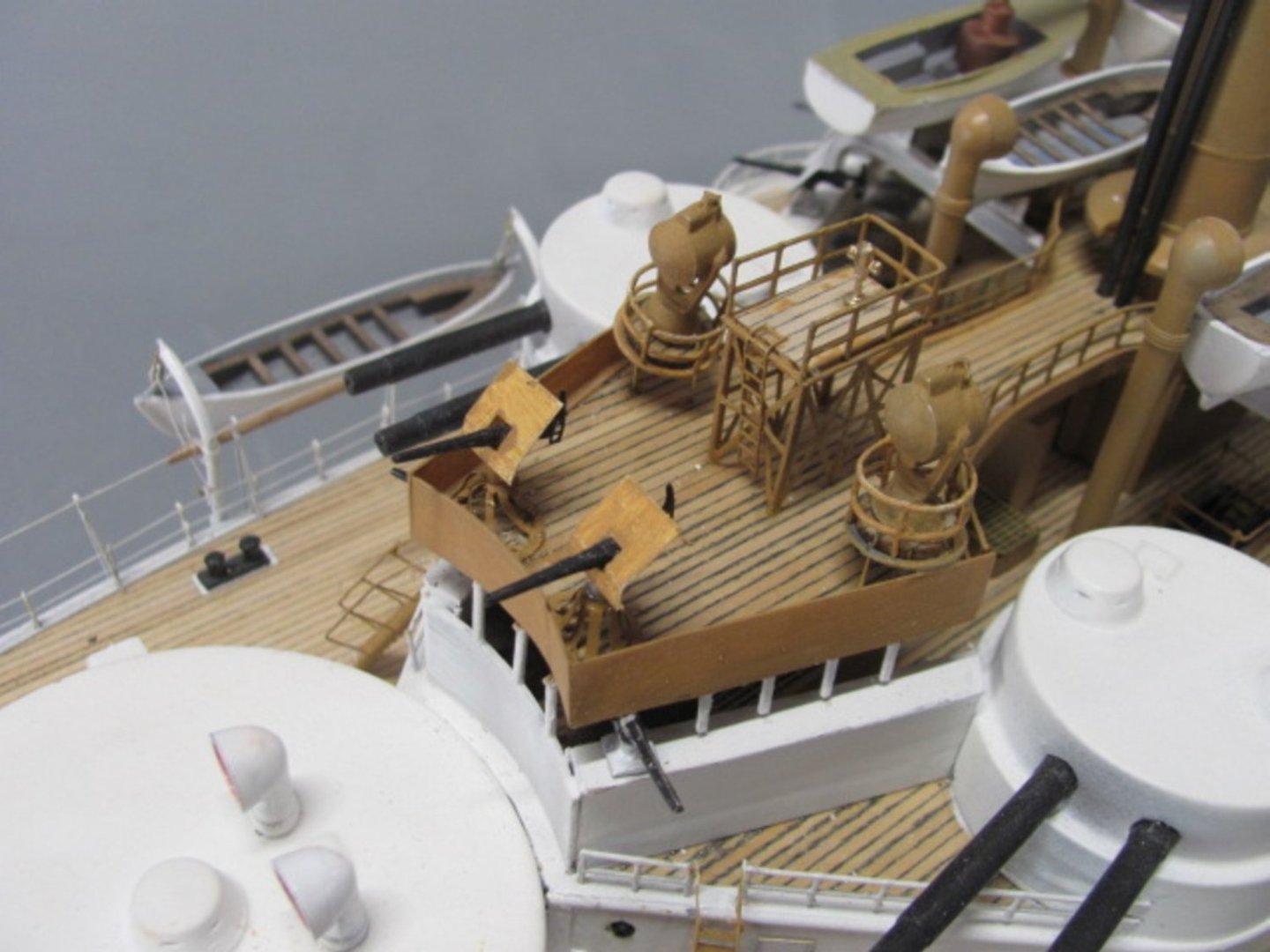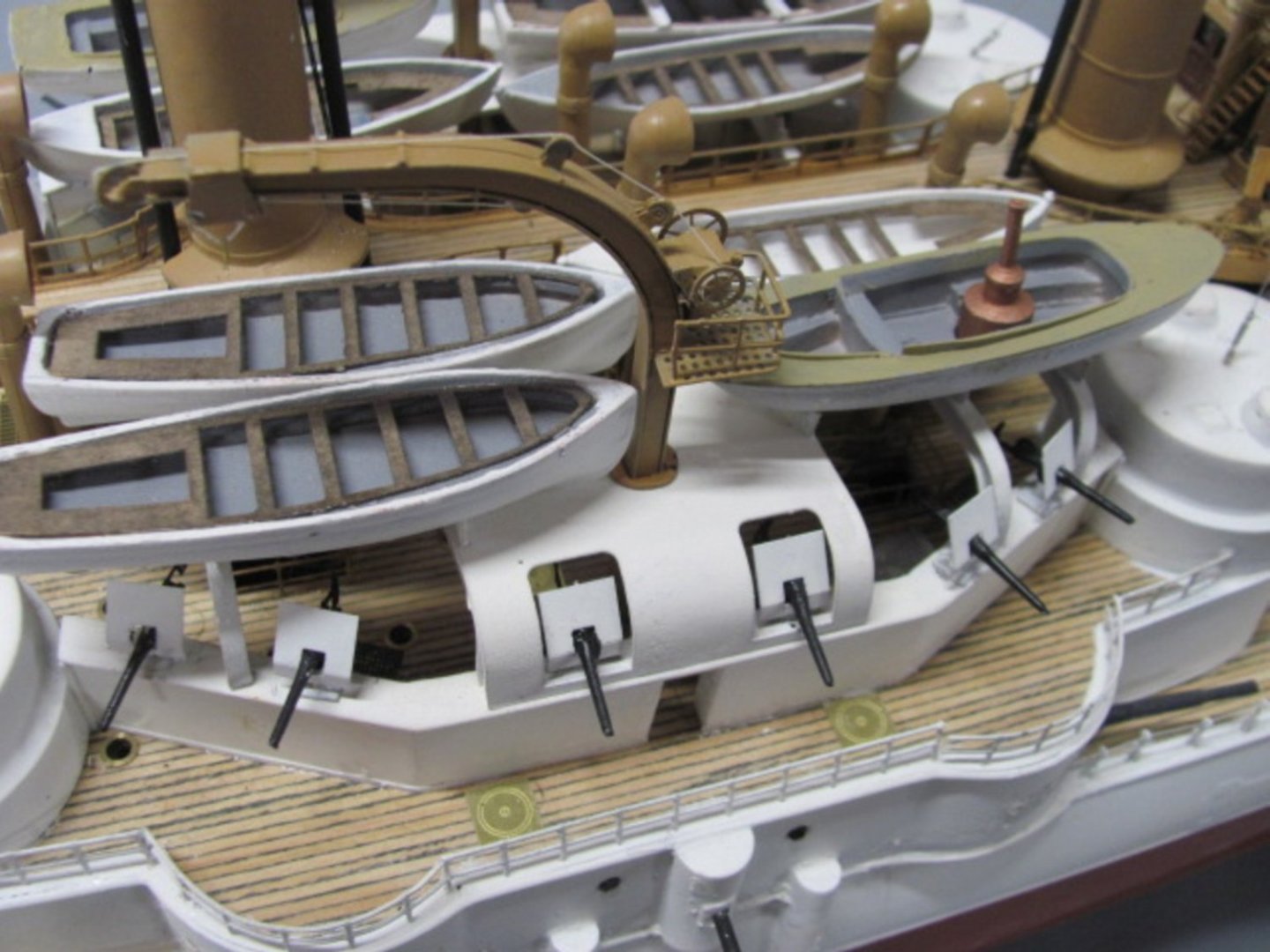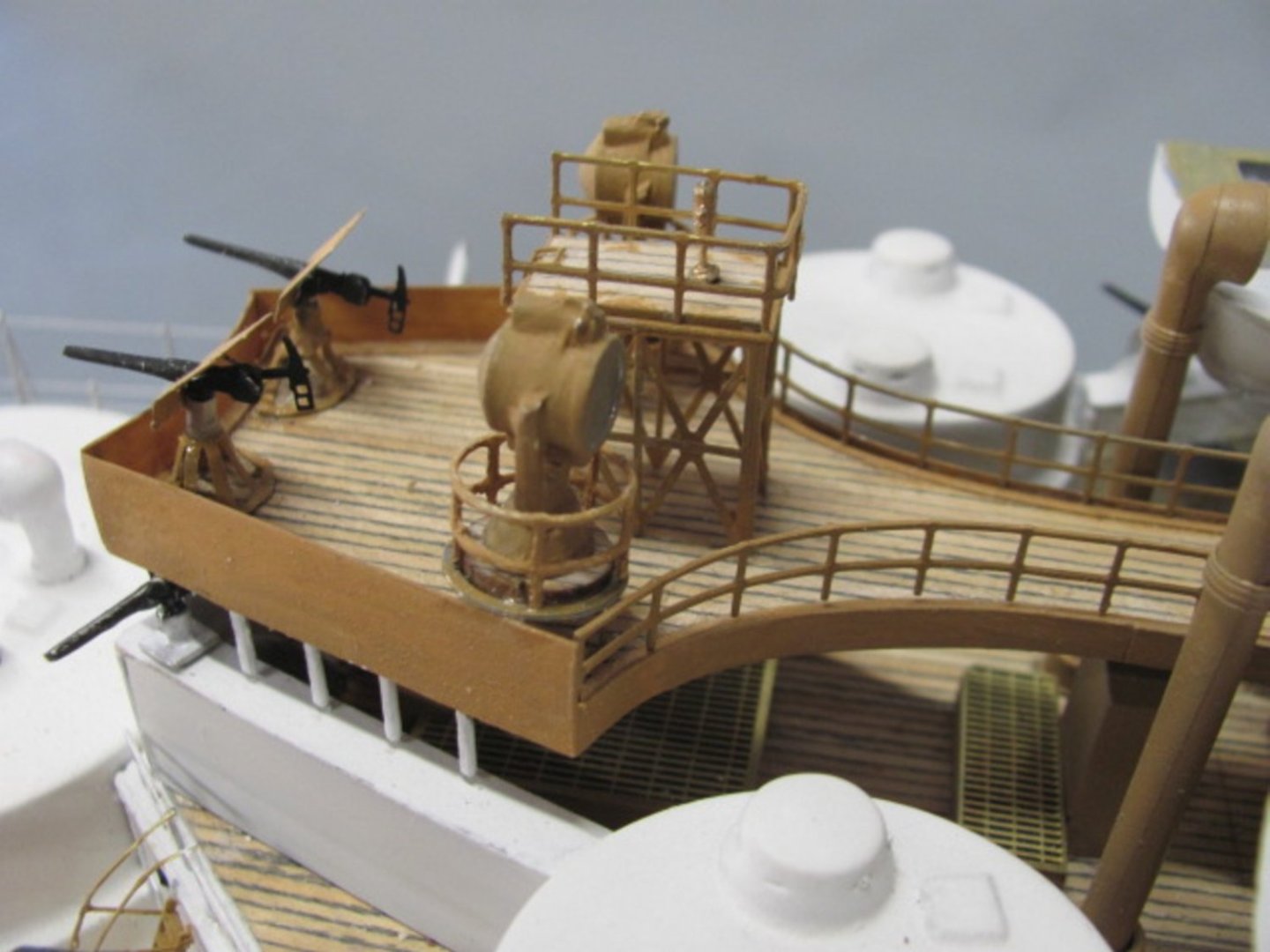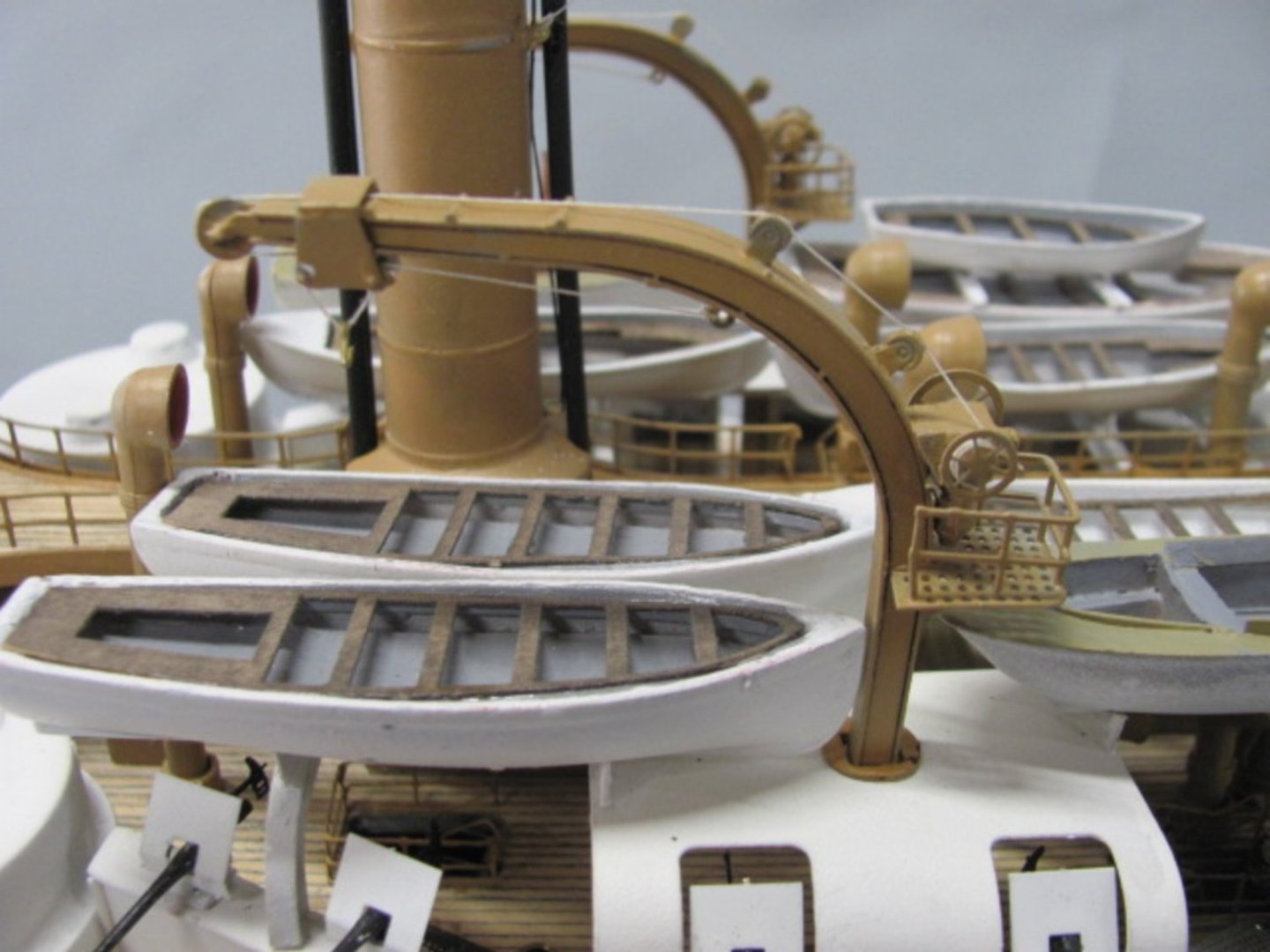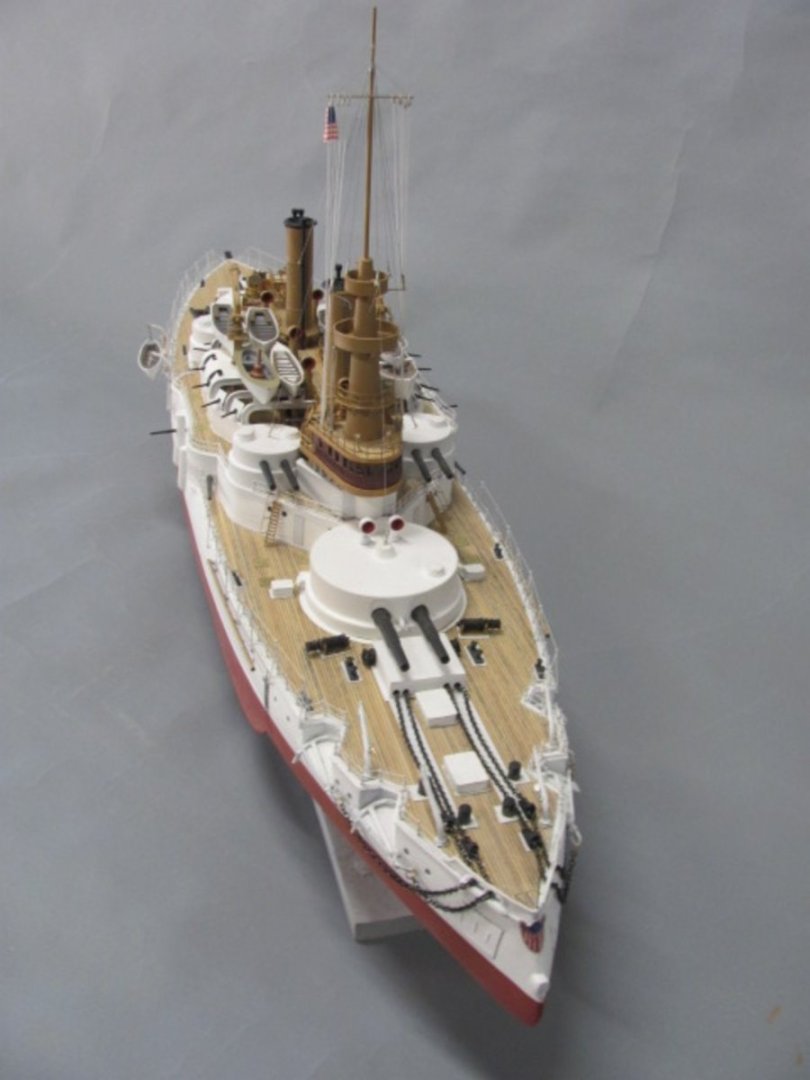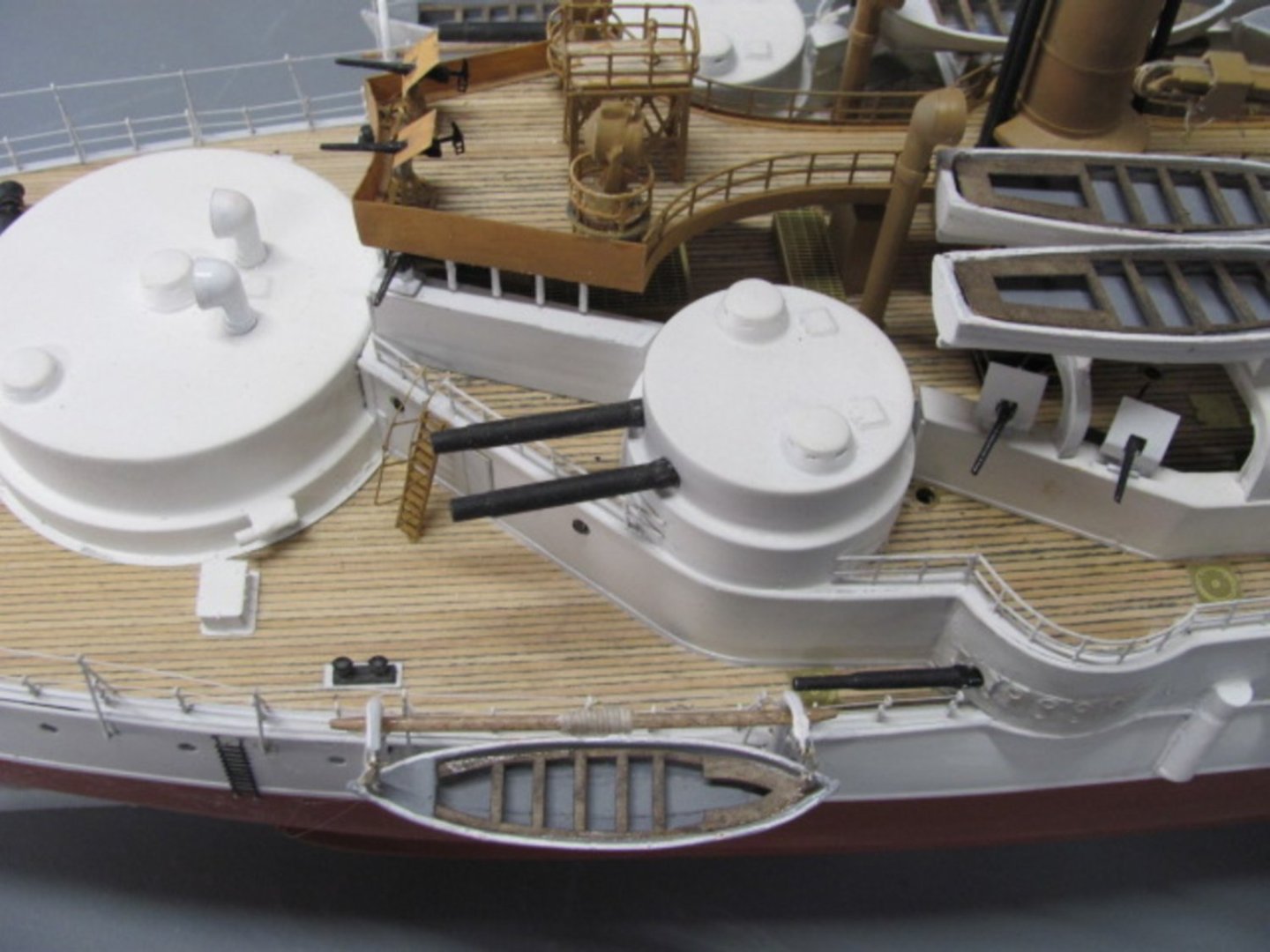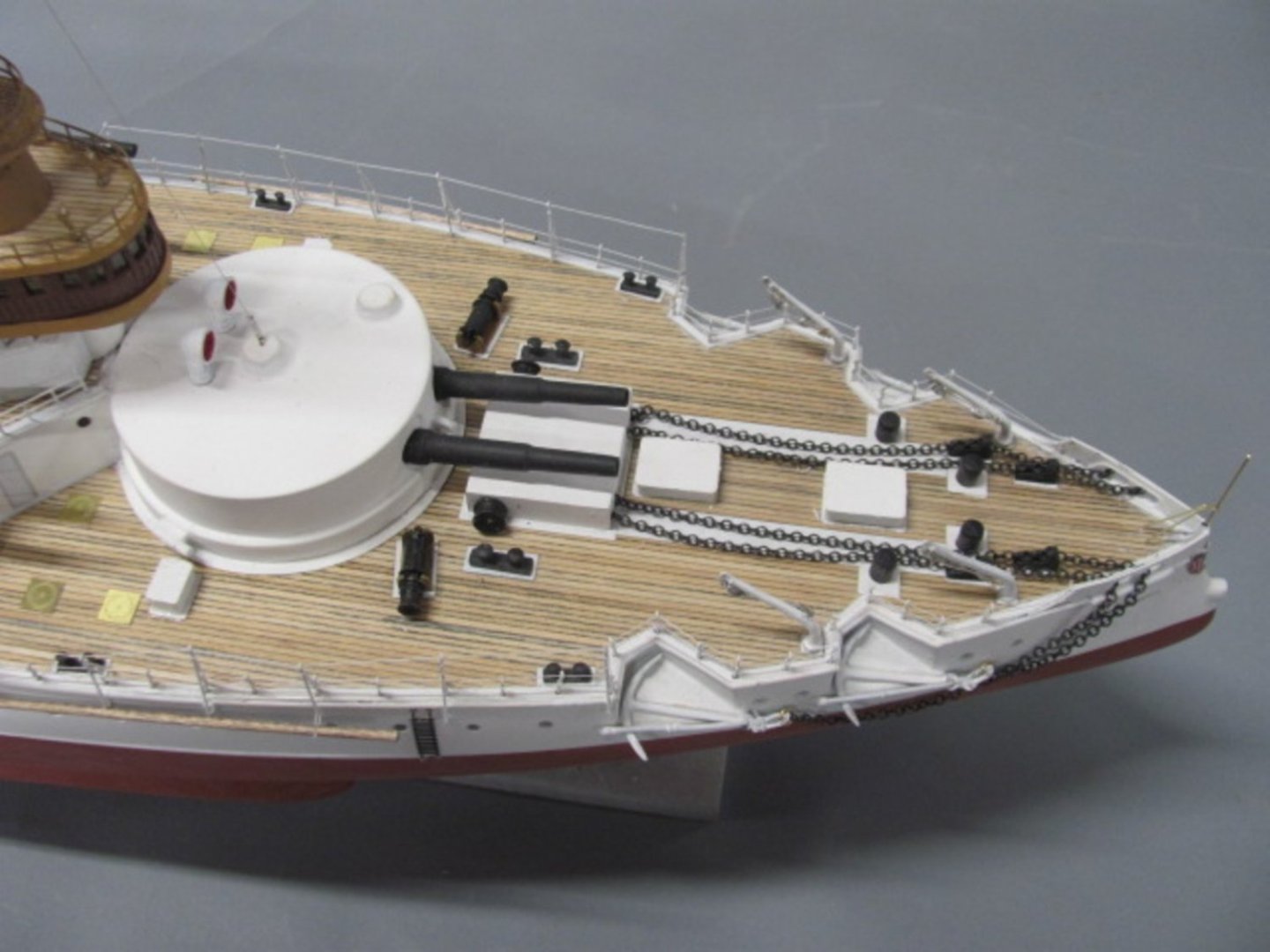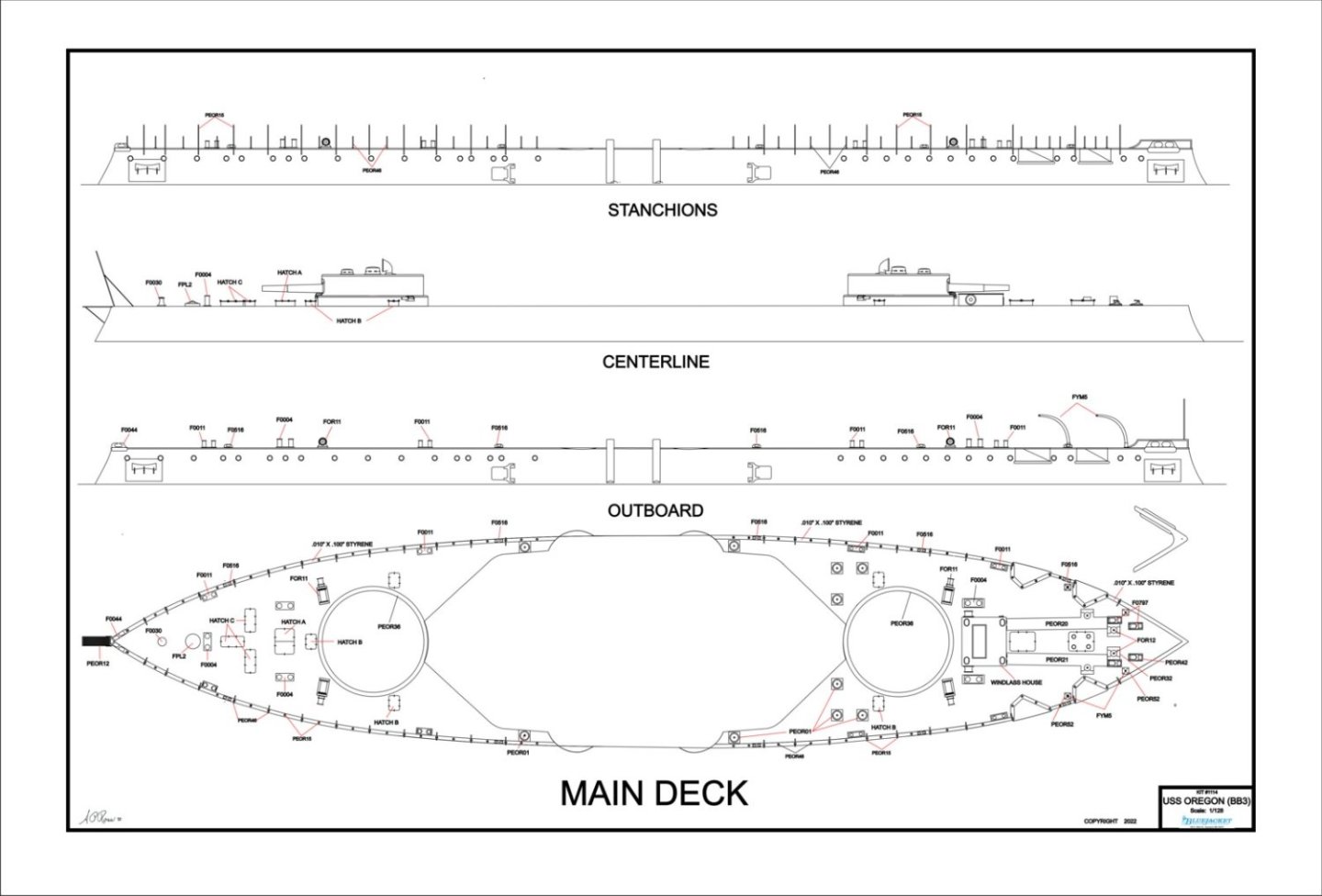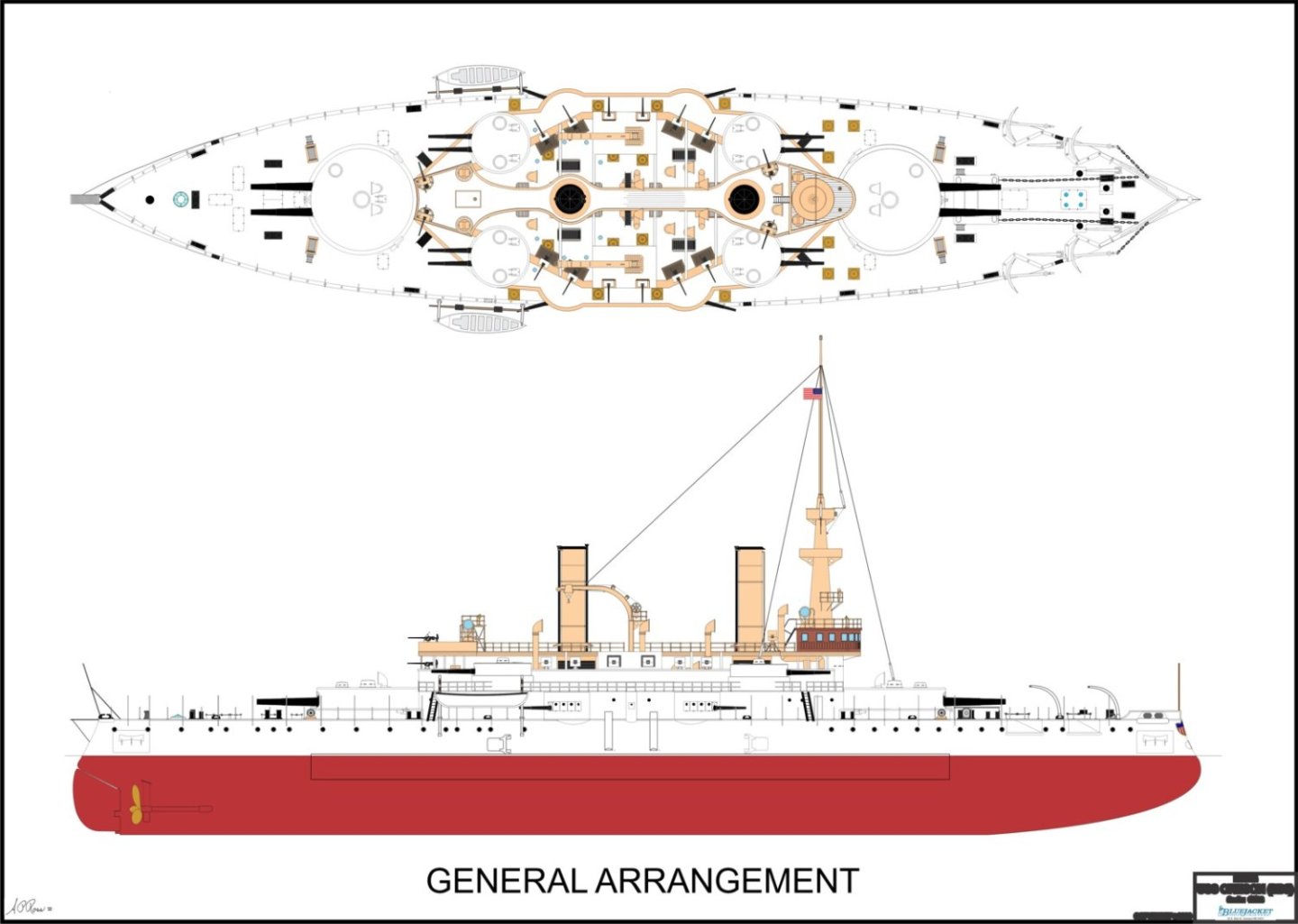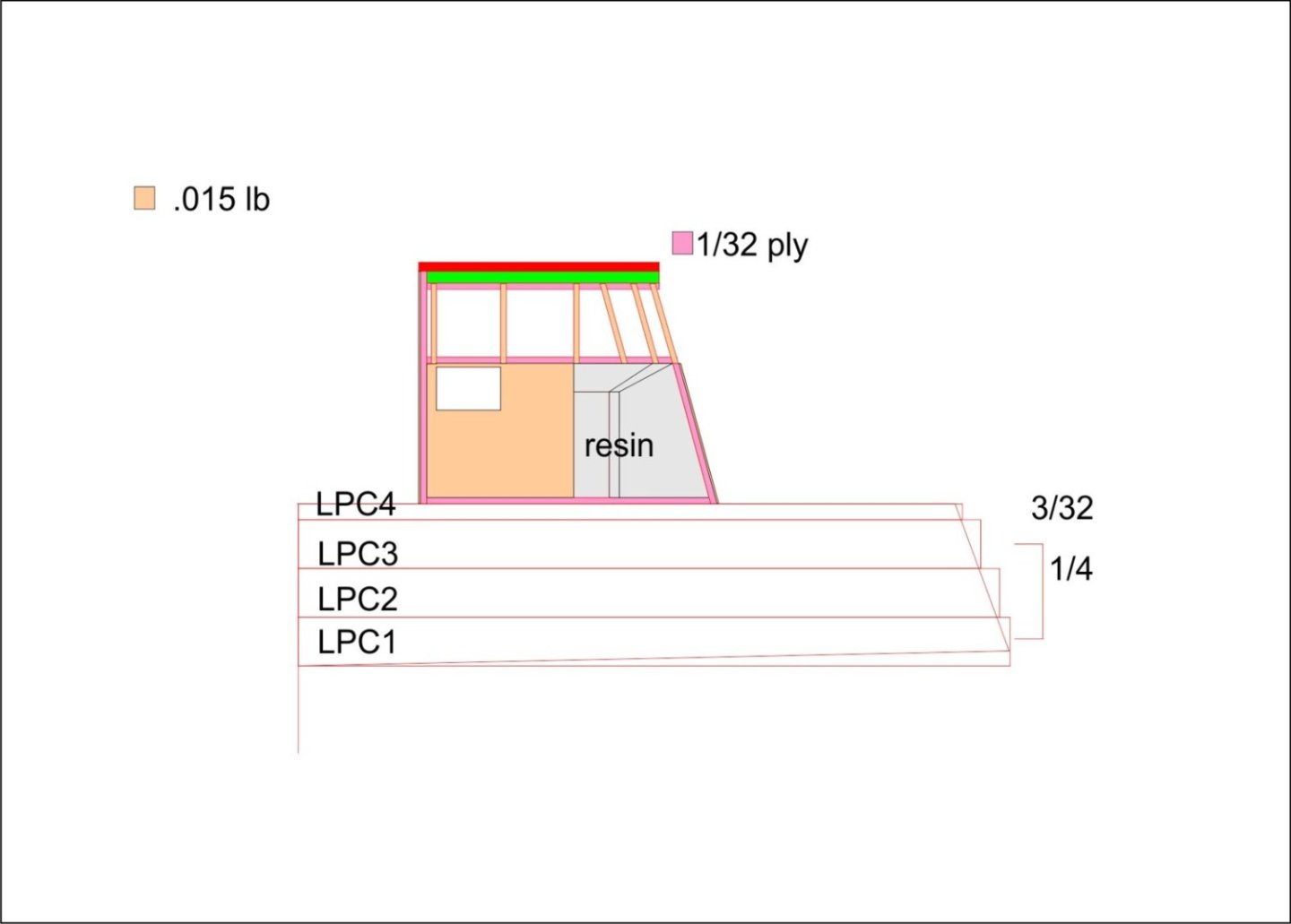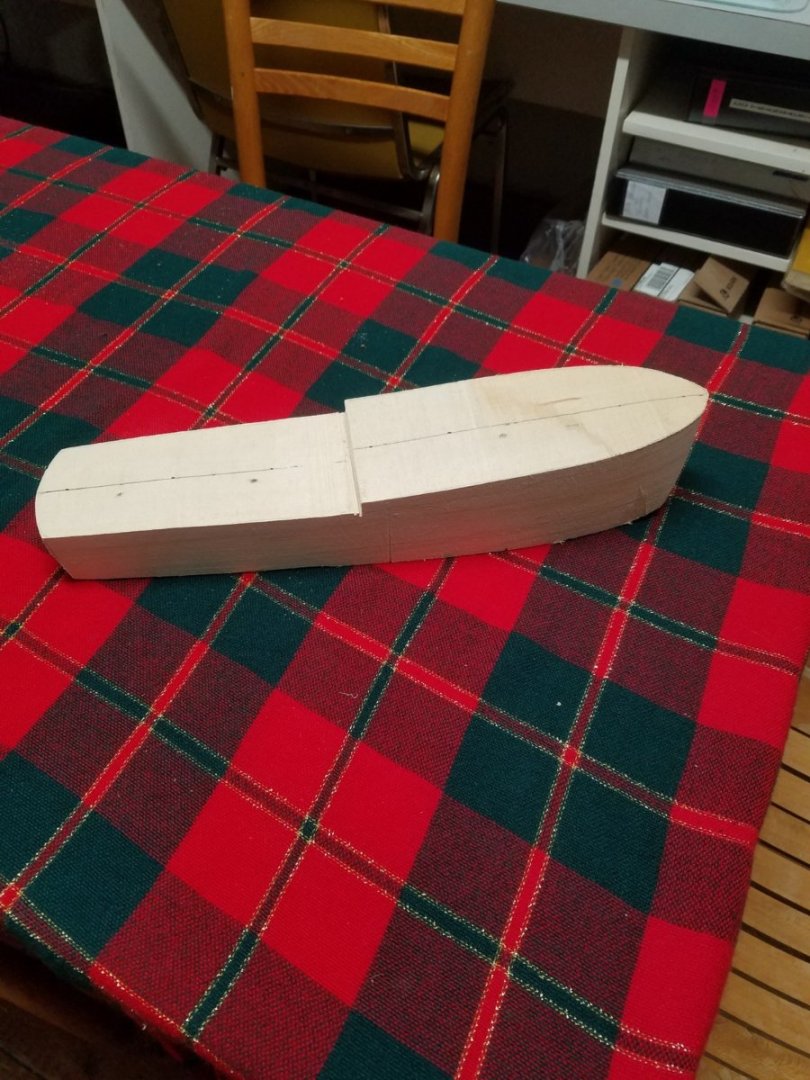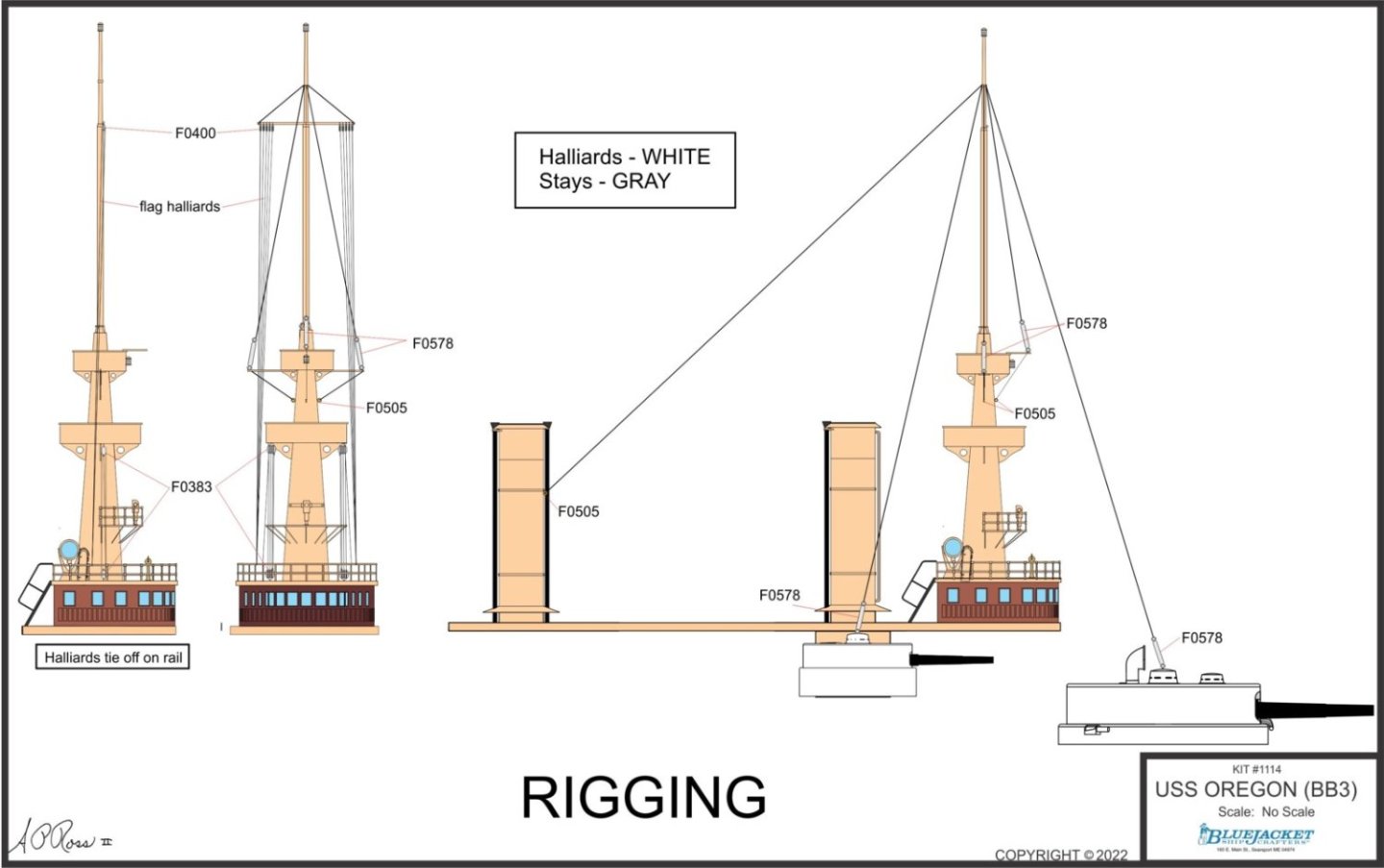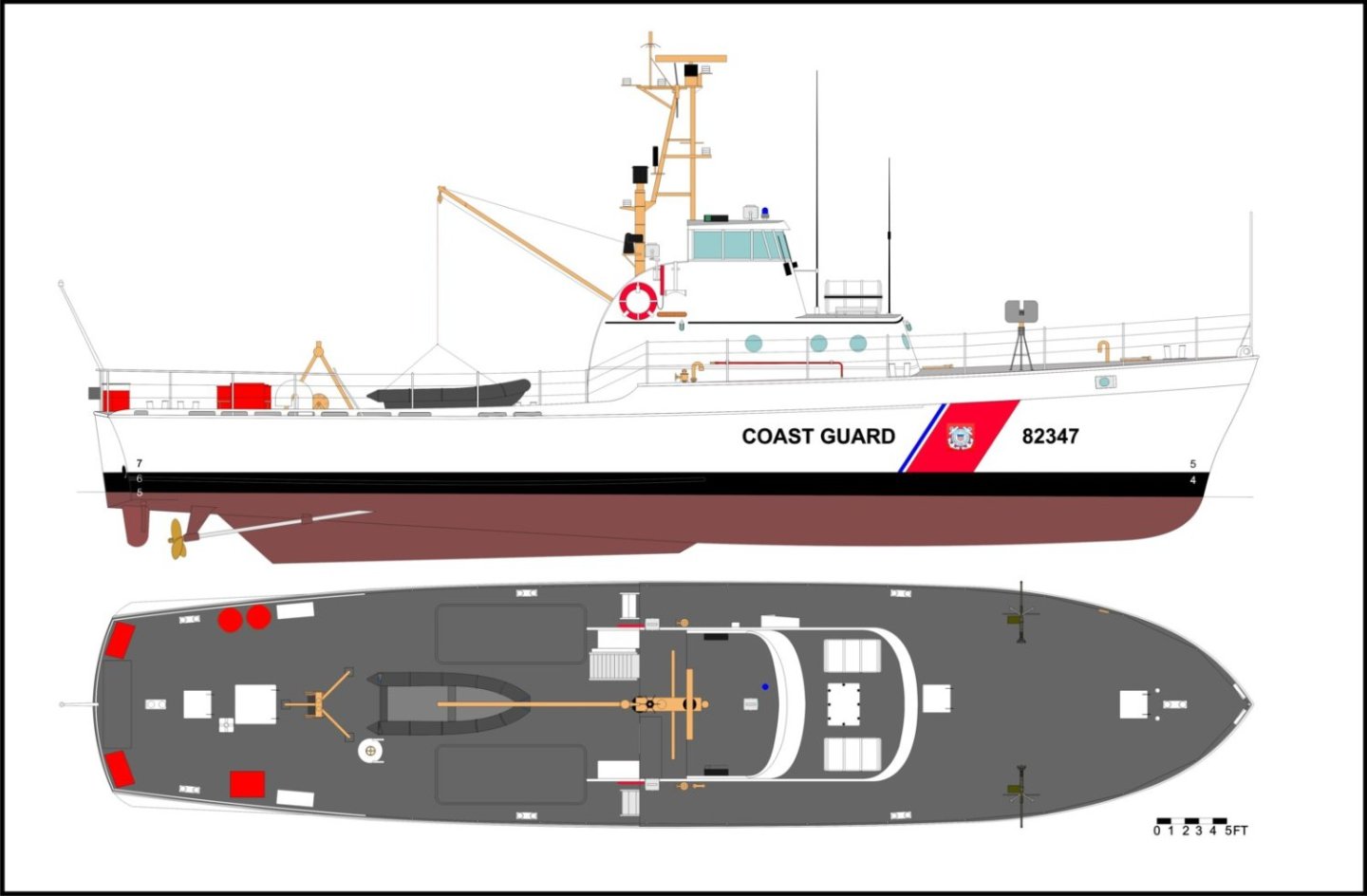-
Posts
408 -
Joined
-
Last visited
Content Type
Profiles
Forums
Gallery
Events
Everything posted by alross2
-
You'll get the grand tour if you do! There are about 75 finished models in the gallery. We try to keep one of every kit we sell on display. There are a few missing as they were sold and not yet replaced., WYOMING will be out there in a week or so. Both models are going to the New London show at the end of the month.
-
For comparison of the types (SUMNER/GEARING), this is GEARING (DD710) as a FRAM 1. While outwardly similar, you can see the differences in the superstructure, electronics, and armament.
- 19 replies
-
- Putnam
- BlueJacket Shipcrafters
-
(and 3 more)
Tagged with:
-
There are no floater net baskets in the DDG51 kit. BJ sells a 1/192 scale Navy Brass fret that has them, along with lots of other useful items like WT doors, radar screens, ladders, railings, etc.
- 19 replies
-
- Putnam
- BlueJacket Shipcrafters
-
(and 3 more)
Tagged with:
-
We're both talking about the hull below the waterline, right?🙂
- 166 replies
-
- Maine
- BlueJacket Shipcrafters
-
(and 1 more)
Tagged with:
-
Now that you are at this point, let's talk a bit about the bottom color. After the original display model was built, I discovered a doctoral dissertation from Florida State University that focused on a news reporter named Sylvester. He was present at the raising of the wreck in 1912 and commented that the bottom was as green as the day she was lost. A follow-up conversation with Dana Wegner (Curator of Ship Models at the David Taylor Basin) indicated that during her last yard period, an experimental bottom paint identified only as McInnis Green was applied. We couldn't come up with a color chip so I used FLOQUIL Dark Green to repaint the bottom on the original display model just before she went to the Naval War College. I also have my doubts about her having a black boot top over the red anti-fouling, although there is a photo of her in drydock that shows what certainly appears to be one. If I were to build the kit again today, I would paint her green or leave off the boot top over the red.
- 166 replies
-
- Maine
- BlueJacket Shipcrafters
-
(and 1 more)
Tagged with:
-
Appreciate your craftsmanship 🙂.
- 166 replies
-
- Maine
- BlueJacket Shipcrafters
-
(and 1 more)
Tagged with:
-
I've decided to go with the original design (82301) and include the major items fitted to later versions. On 82301, the towing bitt was on the king post/stack and there was a towing bow at the aft pipe rail. On later boats, the towing bow was removed and a tripod towing bitt was mounted on the deck in the same area covered by the towing bow. Radars were different, later boats had the inflatable life raft cannisters and different lockers, and the mast varied somewhat from boat to boat. I may do the Viet Nam fit, but that will probably be a separate fittings kit which will include the 81mm/50 mount, the ready service lockers, additional .50s, the grate around the 81mm mount, and a few other items. Here is 82301 in pre-"racing stripe" days. However, the "racing stripes" will be included in the kit, along with names for all of the boats and enough numbers to do any of them.
-
- 32 replies
-
- Malek Adhel
- Restoration
-
(and 1 more)
Tagged with:
-
In January, I'll be starting on a 1/64 scale kit of the 82' POINT class WPB. This will be part of the Great American Workboats series. It will have a solid hull just under 16" long and the usual laser, britannia, and probably some resin, maybe some photoetch. It's still in the formative stages and I haven't decided whether it will be the initial design or a specific boat. I may also include fittings suitable for a Viet Nam era boat in country.
-
Get Capt. Doug Lee's A SHIPYARD IN MAINE. It has some very detailed plans for NOTMAN in the back. Doug was very helpful when I designed the kit for BJ.
About us
Modelshipworld - Advancing Ship Modeling through Research
SSL Secured
Your security is important for us so this Website is SSL-Secured
NRG Mailing Address
Nautical Research Guild
237 South Lincoln Street
Westmont IL, 60559-1917
Model Ship World ® and the MSW logo are Registered Trademarks, and belong to the Nautical Research Guild (United States Patent and Trademark Office: No. 6,929,264 & No. 6,929,274, registered Dec. 20, 2022)
Helpful Links
About the NRG
If you enjoy building ship models that are historically accurate as well as beautiful, then The Nautical Research Guild (NRG) is just right for you.
The Guild is a non-profit educational organization whose mission is to “Advance Ship Modeling Through Research”. We provide support to our members in their efforts to raise the quality of their model ships.
The Nautical Research Guild has published our world-renowned quarterly magazine, The Nautical Research Journal, since 1955. The pages of the Journal are full of articles by accomplished ship modelers who show you how they create those exquisite details on their models, and by maritime historians who show you the correct details to build. The Journal is available in both print and digital editions. Go to the NRG web site (www.thenrg.org) to download a complimentary digital copy of the Journal. The NRG also publishes plan sets, books and compilations of back issues of the Journal and the former Ships in Scale and Model Ship Builder magazines.





